case studies
Kalkallo stormwater harvesting and reuse
Contact
Insight:
The first facility in Australia attempting to harvest and treat stormwater to a standard acceptable for direct injection into the drinking water system
Project description
The Kalkallo Stormwater Harvesting and Reuse Scheme is the first facility in Australia attempting to harvest and treat stormwater to a standard acceptable for direct injection into the drinking water system. The facility is located in the major greenfield development of Merrifield, next to the existing township of Kalkallo in Melbourne’s northern development corridor. The facility includes:
- A 65ML stormwater storage basin located downstream of the stormwater collection system and wetlands of a 160ha area of the Merrifield development.
- A treatment plant designed to process up to 1ML/day to drinking water standards.
The facility was completed in 2014, but is yet to commence operating due to development delays which have impacted the amount of stormwater available.
The drivers
Deliver sustainable water services for Melbourne's booming suburbs
- Improving water security: Create alternative supply options that better utilise available water resources to service Melbourne's growing population.
- Reducing costs: Collect and treat water locally to reduce the need to transport water over distances, resulting in lower water transfer costs and deferring the need to augment centralised assets such as dams and desalination.
- Improved waterway health: Reduce the impact of flows and urban stormwater contaminants into local streams and waterways.
- Complement existing water recycling: Treated effluent is already used to create Class A recycled water in many greenfield areas. By treating stormwater for drinking water uses, stormwater harvesting can complement rather than compete with recycled water.
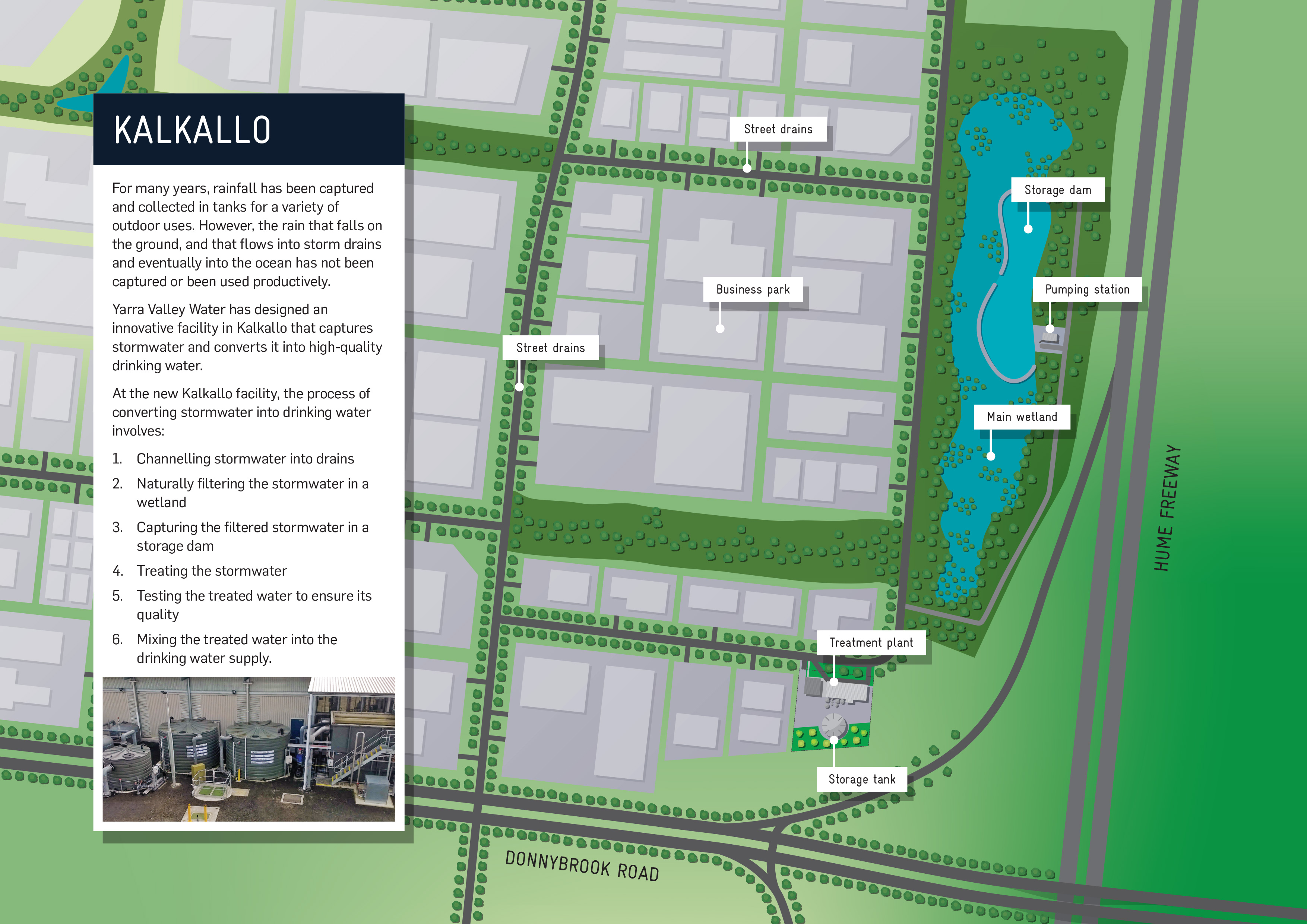
The innovations
The first direct-injection stormwater to drinking water plant in Australia
- Cooperation with developer: Yarra Valley Water worked with developer, Merrifield Corporation, to ensure the full catchment could be treated, with Merrifield Corporation providing pre-treatment of the stormwater through a large public wetland.
- Direct injection: The facility aims to produce water that does not require shandying with another source (i.e. indirect supply) to inject into the drinking water supply, reducing the need for the facility to be located near a major traditional water source like a reservoir.
- Delivery of the highest quality water: The technology and processes used were selected with a focus on using best practice quality control systems that identify changes in the water characteristics, and react accordingly. The facility will initially supply the Class A recycled water system until sufficient monitoring and data collection confirms the quality of the treated water. At that stage, it will be further treated and tested to demonstrate to key stakeholders the reliability of the water quality. Regulatory approval would then be sought for the water to be used to supplement the drinking water supply.
The lessons
- Reliability vs value was a key concern: Sizing of the stormwater harvesting infrastructure to match the stormwater supply of the catchment was a key design consideration. Analysis showed that the unit cost of water produced could increase significantly for only a small gain in reliability, and that significant early effort is required to optimise likely stormwater availability against the harvesting infrastructure investment.
- Regulation and risk should be considered first: This is a new concept in the urban water solution space, and stormwater reuse jurisdiction and regulation to this standard in Victoria is unclear. Given the potential impact on public health, any interim considerations made by authorities are made very cautiously. As a result, designs can be more conservative and potentially increase costs. For pilot projects such as Kalkallo, early identification of any regulatory gaps and collaborative work with regulatory authorities can help optimise the risk profile and provide a basis for developing future regulations.
- Chemistry and direct injection affect technology selection: Considering Kalkallo is directly injecting treated water into supply, the impact of chemical contaminants in stormwater is a key risk. A focus on identifying likely contaminants, their associated risk profile and how to identify them in stormwater drove fundamental decisions regarding monitoring and treatment technology selection.
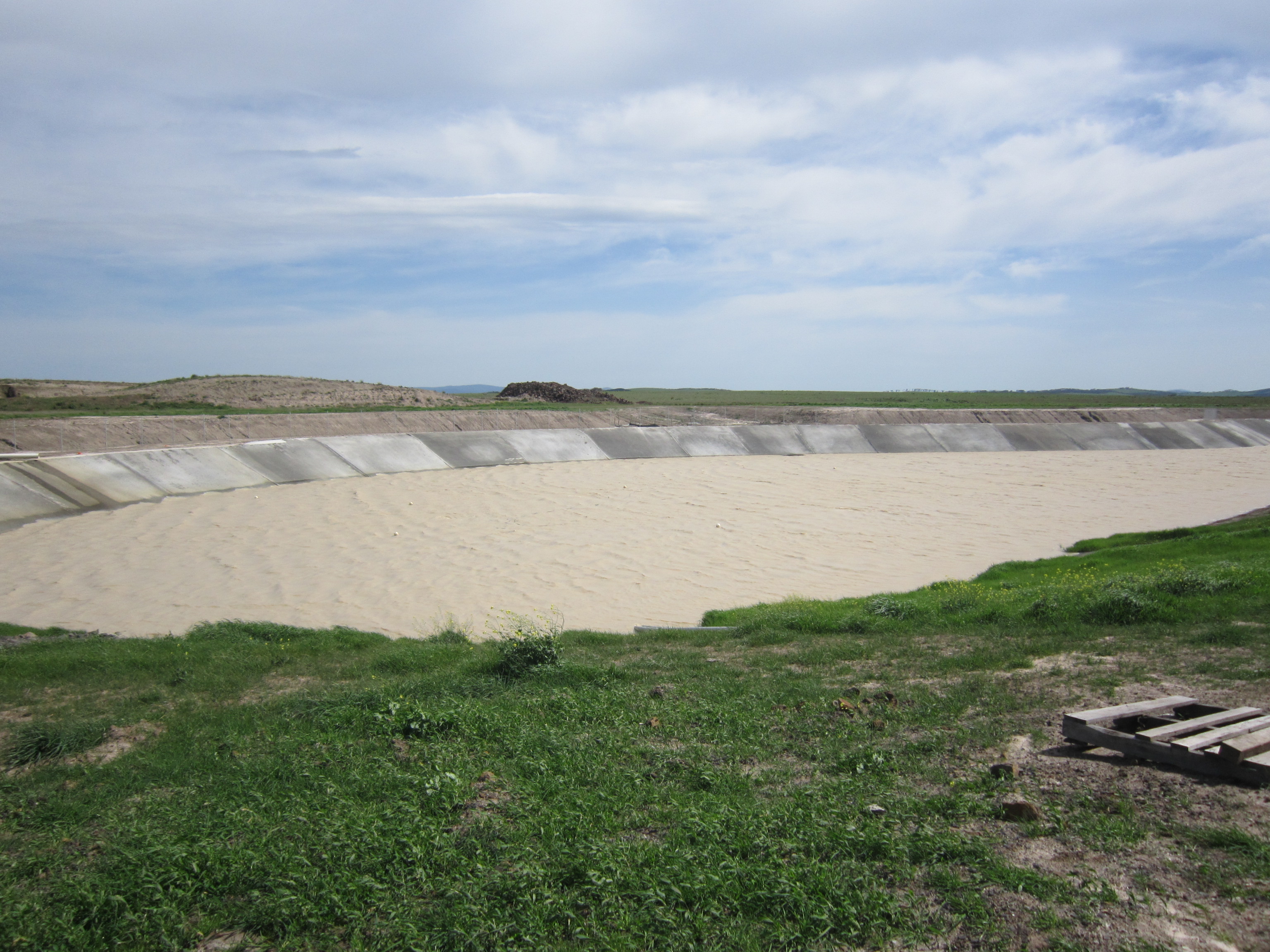
Transferability
This project is scalable for urban development sites with adequate land available for incorporating wetlands, storage and water treatment systems. The project will be most transferable to regions where there are clear existing regulatory frameworks in place to enable the use of treated stormwater for potable uses. However, pilot projects such as these can encourage and accelerate the review of such frameworks. Where regulation is lagging, early and continual stakeholder engagement is needed to overcome impediments to the project.
Project stats
Location
Kalkallo, VIC, Australia
Participants
Awards
Victorian Stormwater Excellence Awards (2009) - Master Planning and Design
National Stormwater Excellence Awards (2009) - Highly Commended in Master Planning and Design
Additional information
Contact
The outcomes
 Cities providing ecosystem services
Cities providing ecosystem services

- Reduced urban water runoff into local streams: Runoff to the Kalkallo Creek from the catchment is reduced by 51%, reducing sediment transport and stream erosion.
- Stormwater quality improvement: Any remaining stormwater entering Kalkallo Creek exceeds statutory quality requirements, improving creek ecology (i.e. TSS 94% reduction, TP 83% reduction, TN 71% reduction).
 Cities as water supply catchments
Cities as water supply catchments

- Large-scale alternative water supply: This facility will supply up to 365ML of stormwater harvested each year, reducing demand for imported water by up to 90% for the 160ha development.
- Capturing stormwater for reuse from industrial catchment: The facility is designed to be able to provide high quality water from all types of urban stormwater runoff, including industrial areas.
 Cities comprising water sensitive communities
Cities comprising water sensitive communities

- Integrating infrastructure early in the planning and construction process: Yarra Valley Water worked with community builders and developers to properly integrate infrastructure into the community.
- Consider community need: The facility was designed with the expectation that the catchment's community should not need to actively change their behaviours for the plant to provide high quality water locally.
Business case
| Costs | Benefits |
|
|
Interested in this solution?
We partner with small and large companies, government and industry in Australia and around the world.
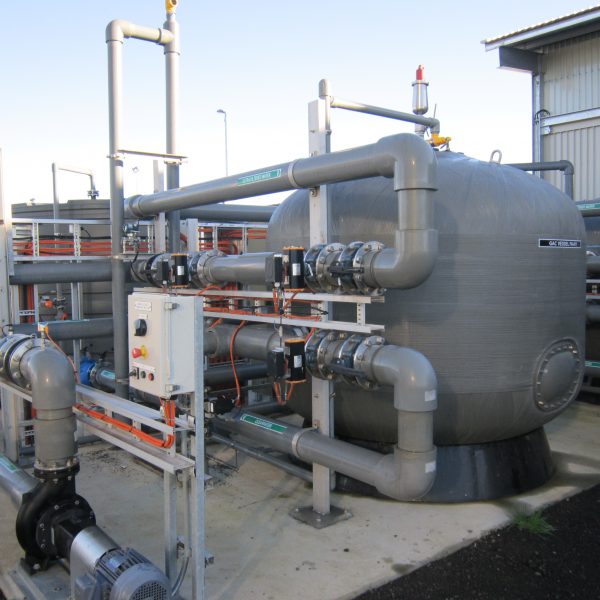
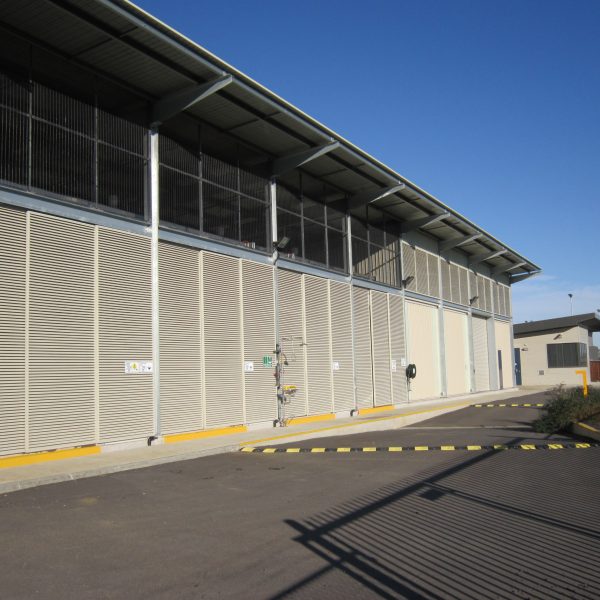
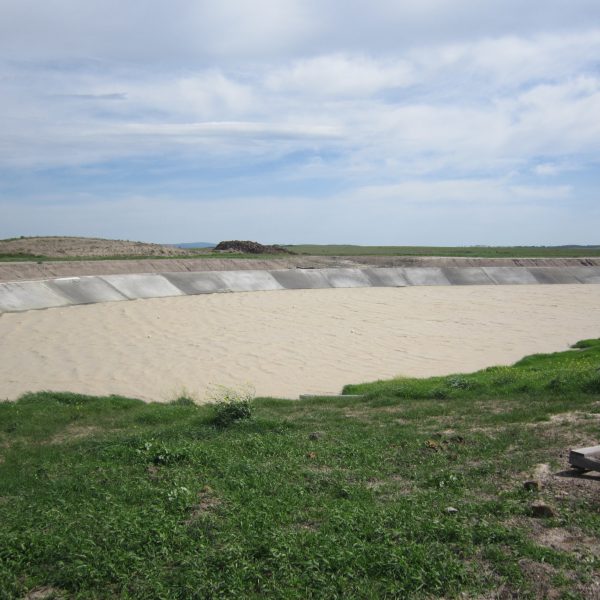
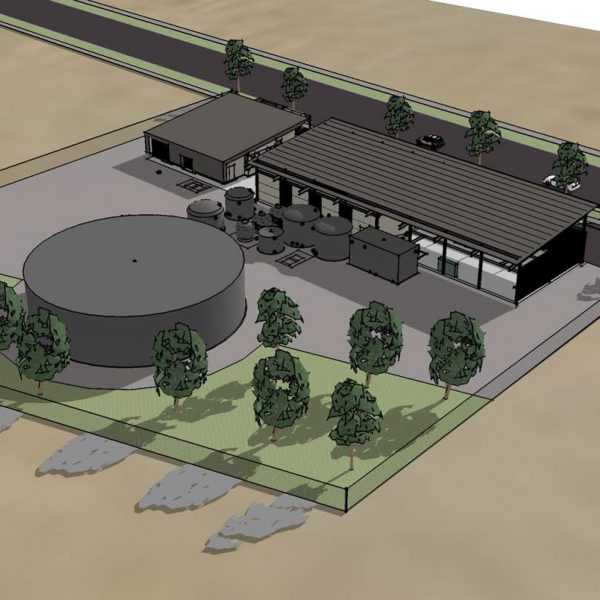
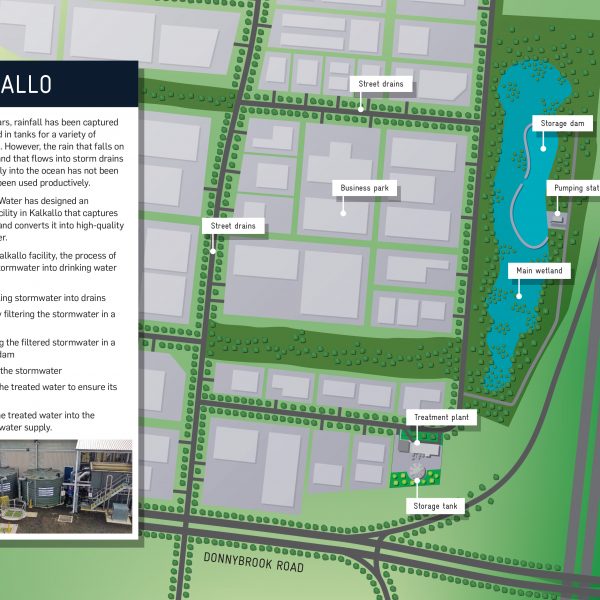
Comments